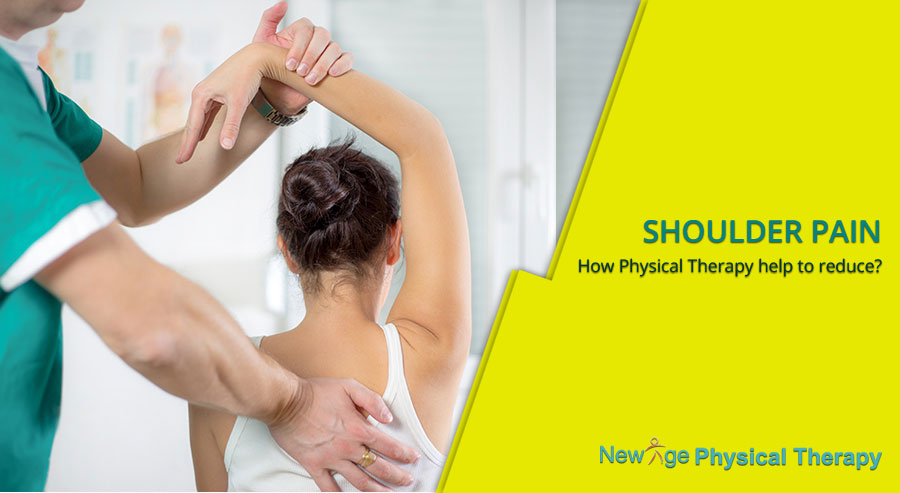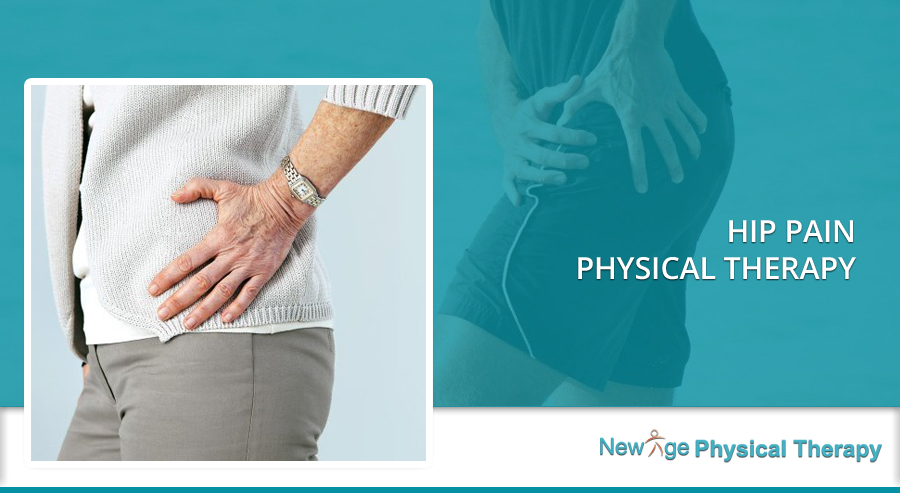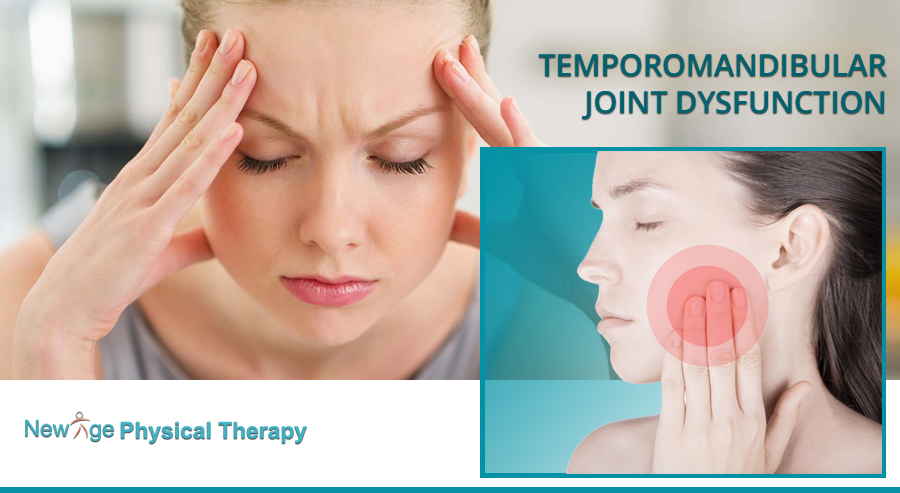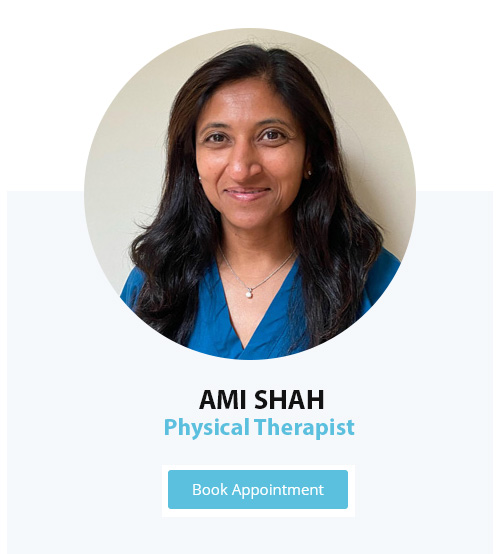Hip pain can occur on the outside of your hip, upper thigh, or outer buttock from problems with any muscles, ligaments, tendons, and other soft tissues surrounding the hip joint. It can be felt in simple functional activities such as walking, running; sit to stand, and climbing stairs, therefore, limiting our daily lives.
There are many factors that can cause hip pain including physical injuries, previous injuries, repetitive use, pregnancy, strenuous physical activities, age, and musculoskeletal conditions. Even the type of shoes a person wears can lead to hip pain.
Lateral hip pain (on the outside) is a common category of hip problems experienced by patients. One possible cause for this can be Trochanteric Bursitis, a condition where the bursa, the fluid filled sac that cushions the joints and tendons connecting the gluteal muscles to the great trochanter, becomes irritated or inflamed. It can lead to an onset of symptoms such as pain, limited movement, and weakness of the hip muscles.
However, the most common cause for lateral hip pain is tendinopathy of the gluteus medius and minimus tendons. This condition can lead to tenderness on palpation and pain over the lateral hip and gluteal region when moving or exercising. Although some symptoms may appear mild, they can become severe over time with further agitation, therefore, it’s important to seek help right away. This can lead to a faster recovery time as well.
Arthritis, tendonitis, and muscle strains can also be possible factors. With arthritis, the hip joint becomes worn out resulting in hip, groin, or lower back pain, or even pain going down the leg. This condition can be caused by factors such as injury, repetition of movement, or aging. Tendonitis and muscle strains are caused by inflammation of the muscles and tendons surrounding the hip joint.
Physical Therapy Treatment
A physical therapist may first evaluate the patient’s gait to notice any abnormalities in hip movement during different phases of walking. They may continue with palpation, by touching various structures around the hip to locate the source of the pain.
They may also measure range of motion and strength to help direct treatment and to see if any muscle weakness or imbalance is causing the pain. The therapist may also ask if the pain interferes with daily activities such as walking, climbing stairs, or walking. He/she will take these observations and responses into consideration and create a treatment plan.
Treatments will vary for each person based on their needs and the severity of their condition. A treatment plan may include various manual techniques, appropriate modalities such as heat, ice, ultrasound, and/or electrical stimulation, and specific exercises as the patient progresses.
The hip pain physical therapy program would focus on decreasing or eliminating pain, increasing range of motion, and increasing strength. Overall, the goal is to help patients return to their normal functioning mobility so they are able to resume their daily lives.







